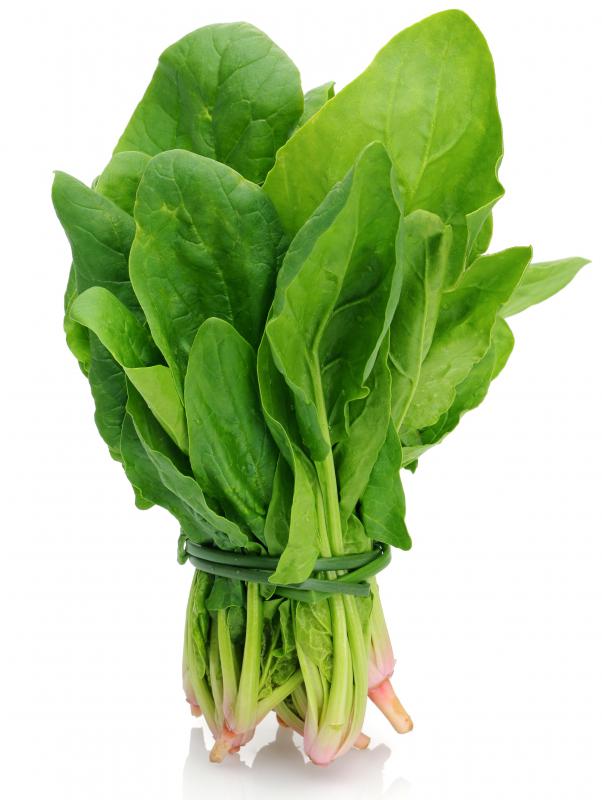At AllThingsNature, we're committed to delivering accurate, trustworthy information. Our expert-authored content is rigorously fact-checked and sourced from credible authorities. Discover how we uphold the highest standards in providing you with reliable knowledge.
What Is a Grass Parakeet?
The grass parakeet is a type of small Australian parrot of the genus Neophema. Unlike the Australian parakeet or budgerigar, however, these birds usually won't bond with their owners. As a result, they are typically happiest when kept in a large aviary, with plenty of room to fly, in the company of other grass parakeets, or with finches, cockatiels, or doves.
The grass parakeet is usually about the same size as a budgerigar, about 6 to 8 inches (15.2 to 20.3 centimeters) long. They typically come in far more vivid colors, however. The domesticated grass parakeet often displays brilliant blue, red, green, yellow, and orange plumage.

Several species of grass parakeet can be found living in the wild in Australia, in various environments. Some species live in the forest, while others prefer the beach, others inhabit the mountains, and still others live on the grassy plains. These birds usually eat grass seed and will spend much of their time feeding, whether in the wild or in captivity.

Pet grass parakeets may be fed on a varied diet of spray millet and bird seed, with a cuttlefish bone provided to meet their calcium needs. They will usually appreciate vegetables and fruits. Cleaning these foods thoroughly of any pesticide residue before feeding can help keep the birds from getting sick, since they are often prone to pesticide poisoning. Apples, corn, dandelion, beets, and spinach are all good fruits and vegetables to offer to grass parakeets. Removing uneaten fresh produce a few hours after feeding can help protect these birds from the yeast infections to which they are prone, especially in hot weather.
These small exotic birds are considered fairly easy to breed. Boxes for nesting can be placed in the habitat above eye-level to offer these birds the privacy they prefer for breeding. The female will usually prefer to lay her eggs in darkness. The average female grass parakeet will lay between four and six eggs, one at a time, about 48 hours apart, and sit on them for about 18 days. The newly hatched birds can usually be separated from their parents and moved to another cage at about eight weeks.
These small parrots are usually very active, and may thrive best in a rather large aviary with a dirt floor. Though they will often take advantage of perches, they may also spend a lot of time running on the floor of the habitat. Different species of grass parakeet need different amounts of space and different temperatures for maximum comfort and health, however.
Frequently Asked Questions
What exactly is a grass parakeet?
A grass parakeet is a small, colorful bird native to Australia, belonging to the genus Neophema. They are known for their vibrant plumage and their habitat preference for grasslands and open woodlands. These birds are also popular as pets due to their playful nature and ability to mimic sounds.
How many species of grass parakeets are there?
There are six recognized species of grass parakeets: the Bourke's parrot, the blue-winged parrot, the elegant parrot, the rock parrot, the orange-bellied parrot, and the turquoise parrot. Each species has its own distinct coloration and can be found in various regions across Australia.
What do grass parakeets eat in the wild?
In the wild, grass parakeets primarily feed on seeds from grasses and herbs. They also consume fruits, berries, and insects, which provide them with additional nutrients. Their diet varies with the availability of food sources in their natural habitat.
Are grass parakeets endangered?
Some species of grass parakeets are considered endangered, such as the orange-bellied parrot, which is listed as critically endangered due to habitat loss and introduced predators. Conservation efforts are in place to protect these species and their habitats, according to the IUCN Red List of Threatened Species.
Can grass parakeets be kept as pets?
Yes, grass parakeets can be kept as pets. They are known for their friendly disposition and relatively easy care compared to larger parrot species. However, potential owners should be aware of their needs for social interaction, space to fly, and mental stimulation to ensure their well-being in captivity.
What is the typical lifespan of a grass parakeet?
The lifespan of a grass parakeet can vary depending on the species and whether they are in the wild or in captivity. On average, these birds can live between 10 to 15 years in captivity with proper care, while their lifespan in the wild may be shorter due to predation and environmental factors.
AS FEATURED ON:
AS FEATURED ON:












Discuss this Article
Post your comments